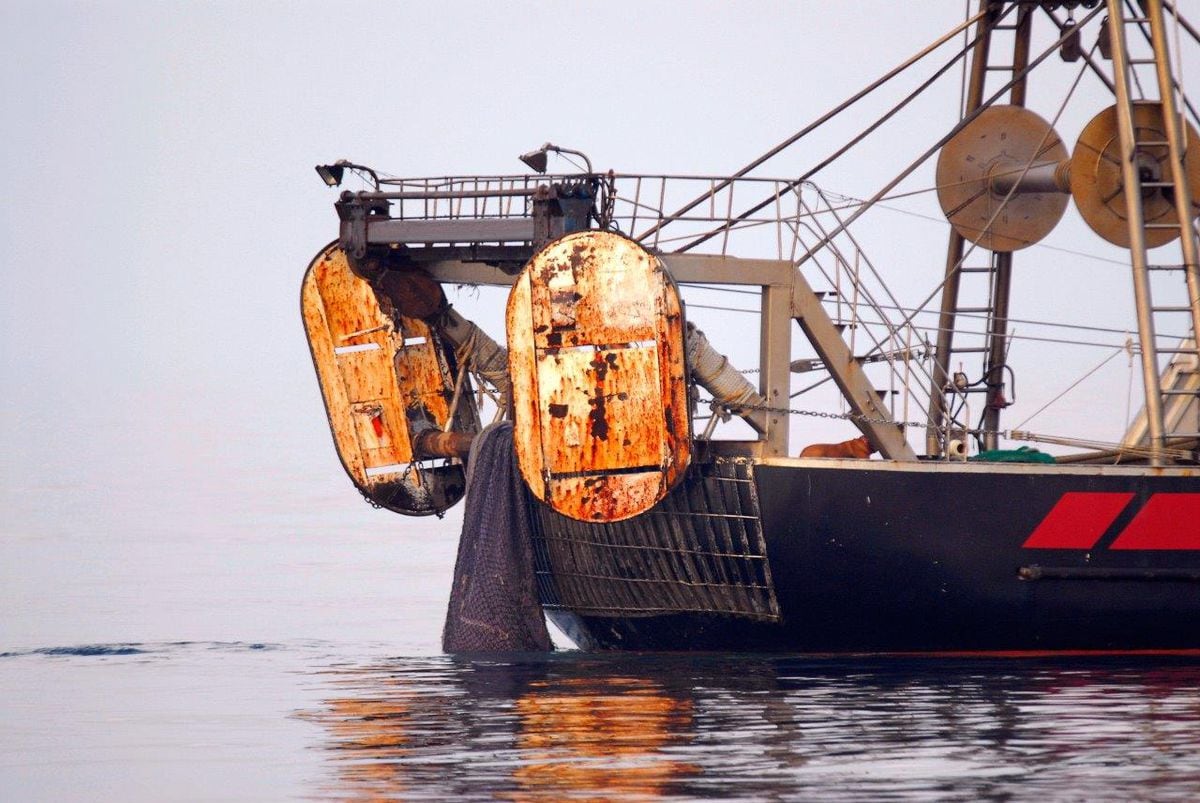Greece has announced that it will ban this technique in all of its marine protected areas in 2030. In the case of national parks, this ban will be brought forward to 2026.
The European Commission and the main environmental organizations have put the spotlight on this non-selective fishing technique, which consists of dragging weighted nets along the bottom. The nets plow the seabed, removing sediments and releasing CO2; More than half of what is released later ends up in the planet's atmosphere. The Greek Government argues that this practice "is the greatest threat to marine habitats." Vetoing it is "the most effective measure for the preservation of marine biodiversity, the restoration of marine ecosystems, and the promotion of sustainable fishing practices," explained the Executive of this country during the Our Ocean Conference, which was held in Athens this week. The Netherlands is the country that accumulates the highest number of hours of bottom trawling fishing, followed by Germany, Denmark, and Spain. "Spain continues to ignore current regulations, allowing this form of destructive fishing in protected marine areas," says Oceana marine scientist in Europe, Silvia Garca. If it wants to meet its sea protection goals for 2030, Spain must ban trawling in protected enclaves once and for all, she adds. The problem is that the Brussels plan from a year ago did not impose the veto from 2030 through a rule but instead urged the States to be the ones to propose the measures to be adopted with that horizon, Sala summarizes. The three organizations call on the EU to take tougher measures against countries that allow it. According to the calculations of the technicians of these NGOs, in the seven European countries analyzed, 4.4 million hours of apparent bottom trawling were allowed in marine protected areas between 2015 and 2023.

